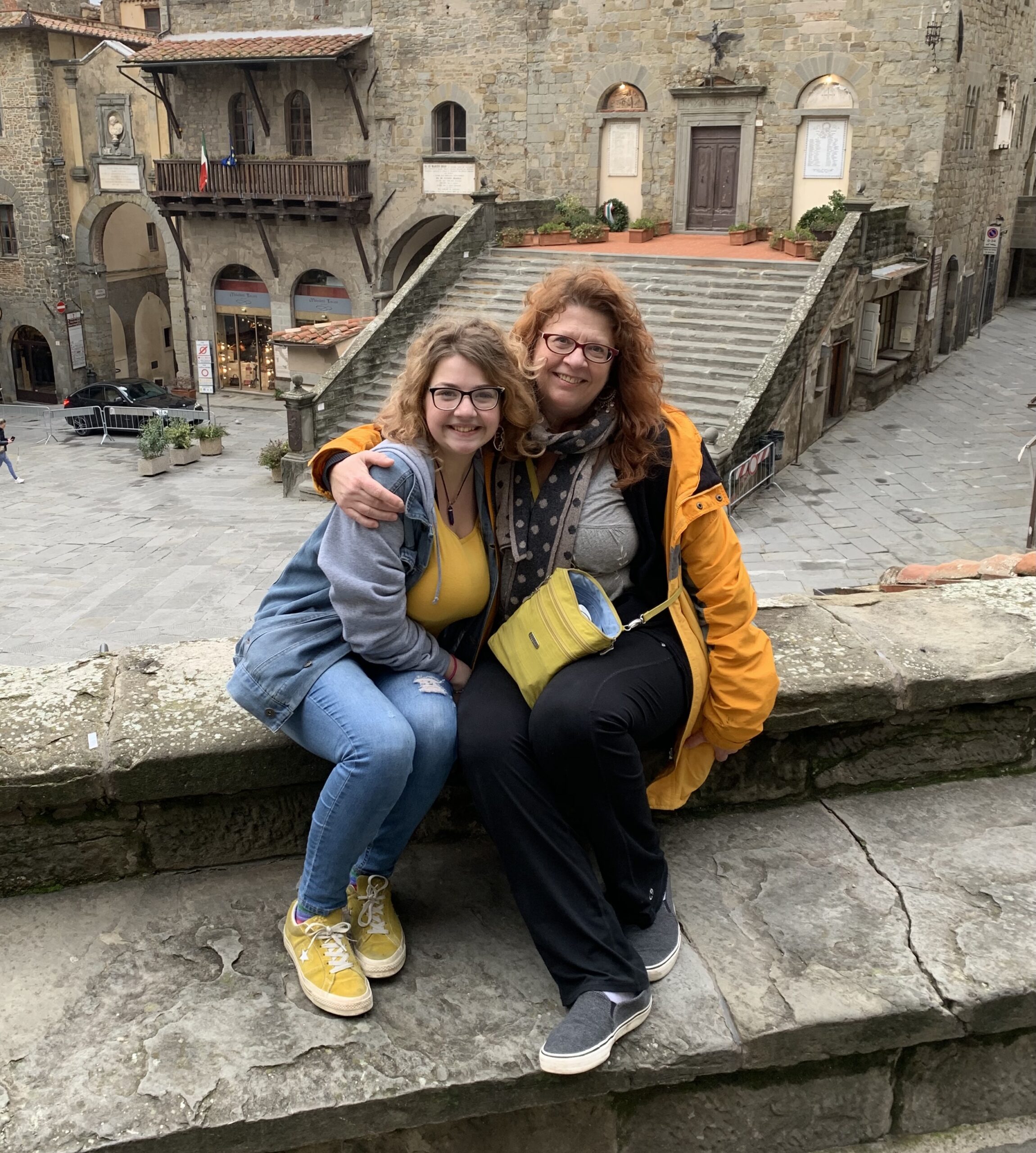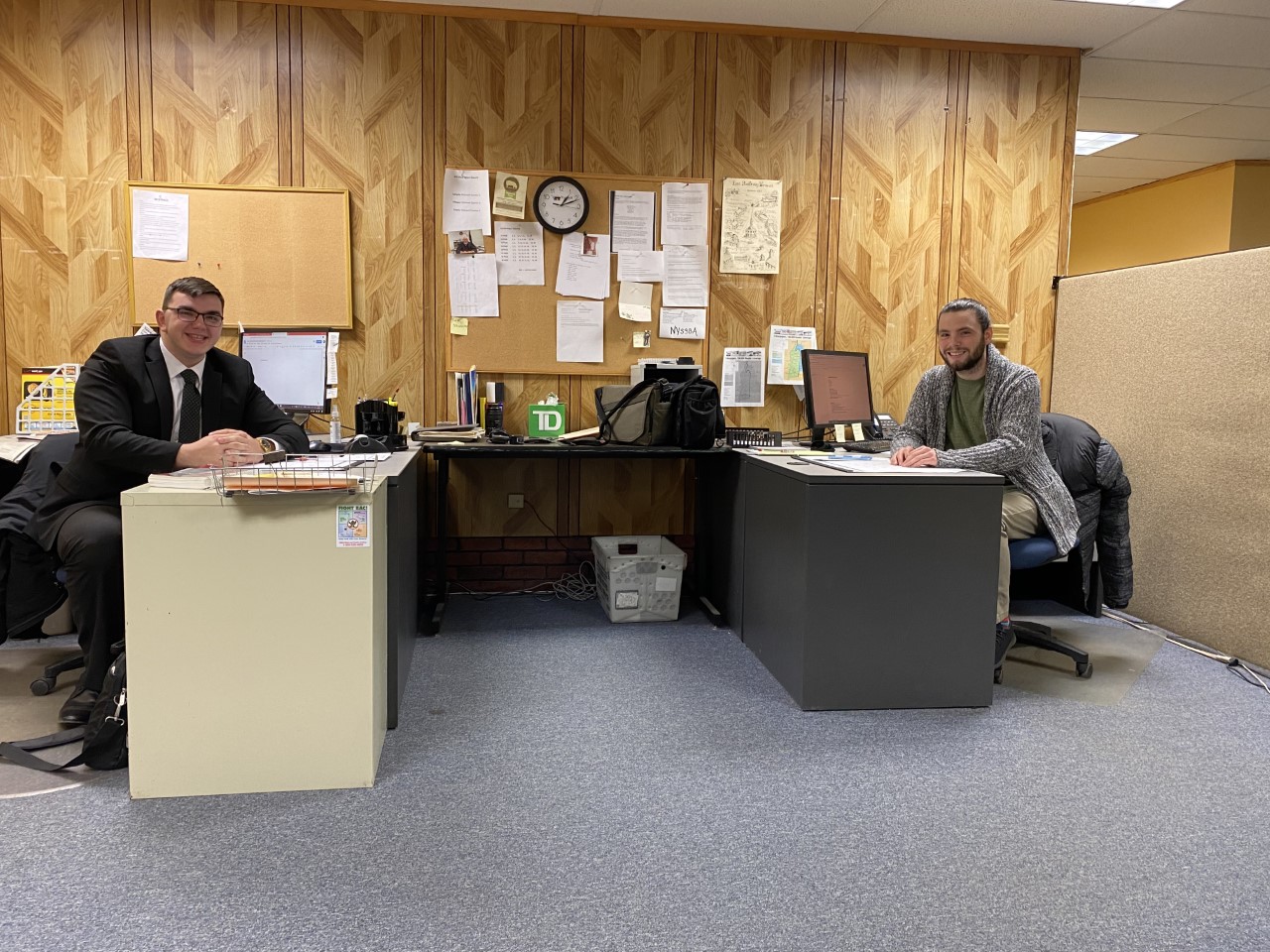The curious history of Lake Bomoseen’s hidden heart

Year after year, Neshobe Island rests in the middle of the Lake Bomoseen, a looming and lonely mass of land. There are few signs of life. A small dock jets out from the south end accompanied by a tiny white boat house. If you look hard enough, you can make out the shape of a rooftop through the trees. In the summertime, fishermen float around its edges, casting bait toward the shoreline. In the winter, congregations of burly looking men roam around the ice checking their tip-ups, sometimes using the island as a shield from the piercing north wind. To most, the island remains a place of mystery.Geoffrey Walker, a junior at Castleton State College and avid ice fisherman has heard all of the myths.
“I’ve been told so many different stories about that island,” he said. “Somebody told me once that the slate quarry owners kept Portuguese immigrants there so they would be isolated. And then a week later someone tells me that Jeff Gordon owns the damn thing. I’m not sure what to believe.”
Neither of those stories is factual, but Walker is just one of many people who have heard varying accounts. But the island does have quite a magnificent history. In fact, the now quiet and serene eight-acre island was once a hot-spot for the rich and famous.
Part of Neshobe Island was purchased in 1924 by Alexander Woollcott, an author and literary and drama critic for the New York Times. Citing a need for a quiet place to finish his latest book, he and some of his closest friends formed the Neshobe Island Club to which they would pay yearly dues. Over the next 20 years, the island became favorite vacationing place for a mass of literary masterminds and Hollywood egos alike as Woollcott eventually gained full ownership.
One frequent, and most well-known, visitor to the island was Woollcott’s close friend, Harpo Marx. He and his brother, Groucho, achieved fame in the movie industry throughout the 1920’s and 30’s. Marx was incredibly shy in real life, rarely speaking, even in his movie roles.
However, Castleton alum Angela Stebbins quoted Marx in the book “Beautiful Lake” Bomoseen as saying about the island, “The thing we cherished most about the island, along with its natural beauty, was its isolation. Whenever we stepped onto Neshobe, we left Western Civilization and entered our own primitive society.”
Marx loved the isolation that Neshobe Island offered so much that he frequently engaged in acts that scared even the most innocent of fisherman and daytime picnickers away from its shores.
There are several publications that describe how Marx would strip naked, cake his body in mud, and place a red wig on his head as he ran out of the woods screaming and chanting.
Stebbins wrote, “The tourists quickly grabbed their things and made a mad dash for their boat and the mainland. Marx solved the snooping problem.but rumors became more numerous.”
Roselyn Rogers owns the Trak-In and Restaurant on Route 30, due west of the island. The little bay in which it rests was once the launching pad for visitors going to the island. She remembers speaking with a man by the name of George Roberts, who worked at the hotel as young man in the 1930s. Roberts would escort the prestigious guests to from the island, and cater to their every need. Rogers remembers one of Roberts’ favorite stories.
One summer day, as Marx was waiting to cross the lake to the island, a few young ladies inched closer and closer to him, with one holding a piece of paper and a pen. She wanted his autograph. Roberts watched as Marx sat on the boat in complete silence, sporting his usual goofy grin. When the young, well endowed girl finally asked for his signature, Marx acted quickly.
“Harpo stood up, snatched the piece of paper from the girl, and slapped it flat across her breasts,” said Rogers, recalling the story as it was once told to her. “He signed his name and turned around.”
The girl and her friends stood speechless and shocked on the shore as Roberts and Marx floated away. Not a word was said until they reached their destination.
“Marx still had his stupid looking grin on,” says Rogers. “He stepped off the boat, turned to Roberts, and said, ‘I bet she remembers that for a while.'”
It was one of the few times that Roberts ever remembers Marx speaking, and he still tells the story years after it happened.
Alexander Woollcott died of a heart attack in 1943. The island was managed by a few of his closest friends until it was sold in 1964. In 1999, the island was sold once again to Jerry Brown from Argyle, N.Y. The restorations that have been made since, claims Rogers, are phenomenal.
The island consists of two buildings. One building, known as the Stone House, is the main living quarters for the inhabitants. The other is known as the Clubhouse, and was built by Woollcott in the early 1930’s. After his death, the Clubhouse remained unused and completely untouched until the arrival of the Brown family. A large amount of time and money went into the restoration of the old Clubhouse in order to keep the structure from crumbling to the ground.
Three summers ago, a group of Castleton residents were invited for an open house on the island. The event was run by the Castleton Public Library and catered by Rogers. She recalls that walking into the Clubhouse was like walking back in time.
An old piano, one that she had heard talk of before, remained in tact and in mint condition. All of Woollcott’s prized possessions – books, magazines, his rocking chair, and hand-written letters – had survived many lonely years. A LIFE magazine rested on a wooden table. On the cover was a chubby man with a stern look and round-rimmed eyeglasses – Alexander Woollcott himself. His head was framed by a window identical to one across the room. The photograph had been taken in that very room.
That night, several visitors dressed up like the famous men and women who once flocked to Neshobe Island. A young boy working for Rogers came up to her and whispered, “That man over there by the window is the same guy on the cover of the magazine,” pointing to a hefty man wearing a nice suit and the same style of round-rimmed glasses.
Rogers replied, “Go look at the date of that magazine.”
It was from the 1920’s.
The island may seem desolate and lonely and uninhabited. And often, myths are mixed with the reality of the past, creating an aura of mysterious wonder. But a lot of history and many memories still reside on that little lump of slate and soil, untouched for years, but alive nonetheless.





